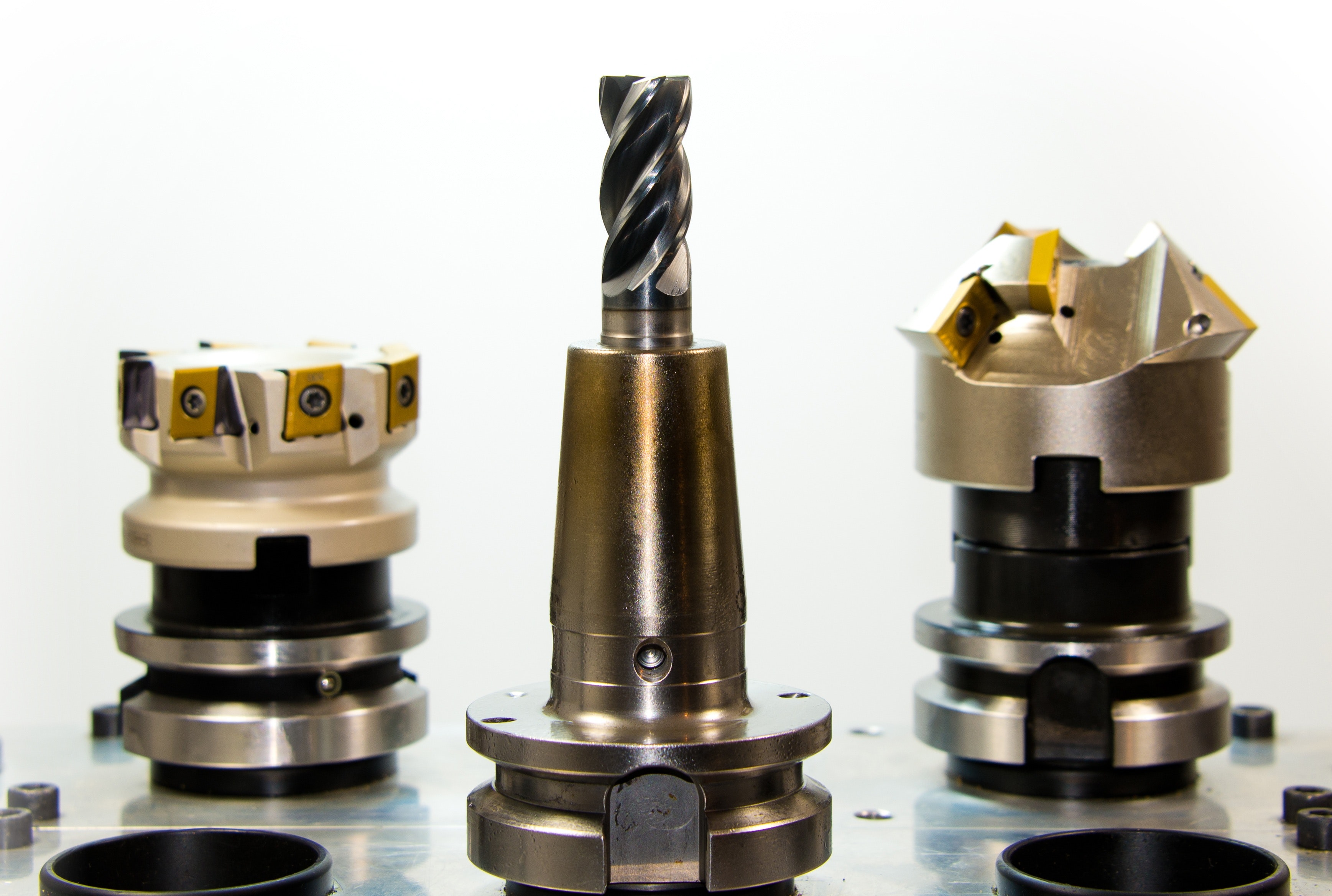Originally published in American City Business Journals
By
For several years, many U.S. manufacturers resisted making major investments to grow their businesses, fearful that an unfriendly regulatory outlook and lackluster U.S. economic growth would crimp prospects.
Now, however, many of those clouds have cleared, and U.S. manufacturers are prepared to make significant investments in the coming year.
American middle-market manufacturers have grown significantly more optimistic about the outlook for 2018, according to a new survey. The survey reveals that heightened optimism is underpinned by the Trump administration’s focus on boosting the manufacturing sector, the expectation of lower taxes, an improving regulatory climate, a strengthening U.S. and global economic outlook, and a relatively weak U.S. dollar.
Among 450 manufacturing executives participating in the 2018 National Manufacturing Outlook and Insights survey, 63 percent believe the sector will expand in 2018. Levels of optimism are particularly high in food and beverage manufacturing (71 percent) and construction materials (69 percent). Strikingly, 81 percent of firms expect revenue to increase in the coming year, with 11 percent of respondents expecting gains of 20 percent or more.
The annual survey is conducted in association with the Leading Edge Alliance.
Top priorities for businesses
Executives say their top priorities for the coming year are growing sales, cutting costs, attracting and retaining talent, and leveraging technology to reduce risk and boost their competitive advantage over other firms.
When it comes to making research and development investments, 47 percent of firms plan to invest between 1 percent and 5 percent of revenue in R&D over the coming year, 17 percent plan to invest 5 percent to 10 percent, and 3 percent intend to commit more than 10 percent. However, tax code changes could make 2018 a great year for capital investments.
Today, under Section 179 of the IRS tax code, businesses can depreciate up to $500,000 of equipment expenses during the year of purchase, with the remainder depreciated over a period of as long as 10 years. The expected provisions of the new tax law will allow 100 percent depreciation immediately.
With the economic outlook strong, profit margins are expected to be boosted by a cut in corporate tax rates, and with plentiful credit available at attractive interest rates, 2018 looks like an especially sensible year to make capital investments.
Spending on the future is increasing
We’ve already seen spending on the future pick up. During the first three months of 2017, investment in plants rose to an annual rate of 14.8 percent, the highest since early 2014, and spending on equipment climbed 8.8 percent during the second quarter, the highest in nearly two years, according to The Wall Street Journal.
For firms looking to catch up after years of underinvesting and for those firms looking to get ahead of the competition, now might be the best time in years to make significant capital investments in everything from advanced robotics equipment to analytics. The survey reveals that 66 percent of firms want to make greater use of technology to increase productivity and efficiency.
In the year since Donald Trump was elected president, U.S. manufacturers have added 156,000 workers, according to government data, compared to a loss of 16,000 jobs in the last year of the Obama administration. However, with U.S. unemployment hovering near 4 percent, the economy is effectively at full employment at a time when 54 percent of firms surveyed plan to increase hiring in 2018.
Finding the right workers
Since modern manufacturing jobs are highly-skilled positions, such as engineers and technicians that can program and operate robotic machinery, as activity picks up, it will become increasingly difficult to find the right staff with the requisite skills. Most firms plan to throw money at the problem — 62 percent will increase compensation, and 26 percent will increase the use of overtime.
However, more than half of today’s workforce are millennials, a cohort that responds best to an empowering corporate culture. According to Gallup, millennials care about their income but care even more about having a job with a purpose. As a result, manufacturing firms that want to retain and attract top talent should invest in a strong culture — something that can boost a firm’s bottom line.
Groups that receive strengths-based development training increase profits by 29 percent, according to Gallup. Improving a firm’s culture can also reduce staff turnover from as much as 30 percent to 10 percent — something that’s increasingly important in a tight labor market.
A strong culture can be helped by benefits such as flexible work hours, parenting leave, and education reimbursement, creating a company that truly serves the needs of employees.
Kreg Brown, audit partner at EKS&H, has more than 30 years of public accounting experience and assists clients in the manufacturing, oil and gas, mining, and technology industries. He works with both privately held and public companies, advising clients on business-transition planning, strategic planning, capital formation, and mergers and acquisitions.

